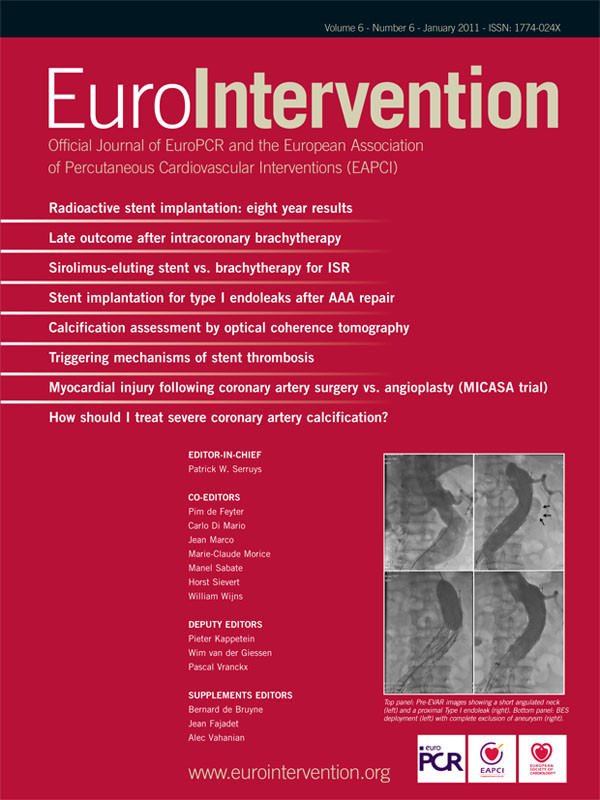Should surgeons be trained in percutaneous techniques? This question is deceiving. It implies that the issue of whether surgeons should acquire skills in percutaneous interventions is a matter of debate. Well, I don’t believe it is, and I will try to explain why.
In just over 50 years, cardiac surgery has evolved into a specialty characterised by being at the forefront of medical innovation and progress. Nevertheless, as we enter the second decade of the XXI century, the specialty is confronting new challenges which may threaten the survival of the specialty as we know it. Cardiac surgery may become a victim of its own success.
Cardiac surgery flourished thanks to the courage of pioneers such as Drs. Eliot Cuttler, Charles Bailey and others, who despite initial failure, persevered in their efforts to find a cure for conditions fatal until their times. Other pioneers followed suit, and paved the road to the cardiac surgery of today. Unimaginable 50 years ago, mitral valve repair can be done at present with an operative mortality of 1.4%1. Today’s results are outstanding and often patients’ life expectancy and quality of life are restored to normal.
Yet, if I go back ten years and think of what truly new developments have taken place in cardiac surgery, one comes immediately to my mind, the use of transcatheter techniques to treat stenotic aortic valves. Following the first transcatheter valve implantation (TAVI) by Dr. Cribier and co-workers, cardiologists worldwide have entered the arena of heart valve procedures with apparent success. And here may lay the problem. For decades, the only effective treatment for heart valve disease has been provided by surgeons. This has given us a profound knowledge of the pathophysiology, natural history and management of the disease. Heart valve disease has traditionally been the home ground for cardiac surgeons, and understandably we feel threatened by the current developments. This anxiety should not be focused on denying the irrefutable benefits of percutaneous techniques when used in the approriate situations. On the contrary, if we are to remain loyal to our roots and heritage, we have the duty to not only embrace, but lead the expansion of this type of therapy. In 1926 Lord Moynihan, at that time President of the Royal College of Surgeons of England, wrote: “Surgery in days to come will be advanced by men trained in the methods and imbued with the spirit of experimental research, though it will no doubt continue to be practised to their profit by those who are merely craftsmen”2.
At the recent 24th annual meeting of the European Association for Cardio-Thoracic Surgery held in Geneva, 36% of all the free papers and 57% of the special topic sessions on any type of heart valve disease, referred to TAVI. This is clear evidence that surgeons have come to terms with the novel transcatheter procedures. Surgeons have already demonstrated that they are capable of embracing percutaneous valve interventions and carrying them out successfully by being trained in percutaneous techniques3. Certainly, surgeons are in ideal position to perform TAVI: firstly, because of their unique familiarity with the anatomy of the diseased aortic valve, and secondly, because of their ability to deal with the possible vascular complications and to convert the procedure to an open one if required.
Cardiac surgery is entering a new era of “small” access and transcatheter valve procedures. Led in part by the public, these are here to stay and expand. Evolution’s rules are simple: creatures that adapt to threats and master the evolutionary game thrive, those that don’t become extinct. There is a need for a paradigm shift in cardiac surgical training. The surgical trainees of today must be able to develop skills in percutaneous techniques in an organised and structured manner. This will allow us to work in partnership with the interventional cardiologist as a group of “cardiac interventionalists” in order to offer our patients the best and safest solution for their problems.
One word of caution; the way Cardio-thoracic Surgery has been traditionally taught might not be the adequate one to prepare surgeons to face these challenges. We should be ready to adapt the current training structures to the new times.

